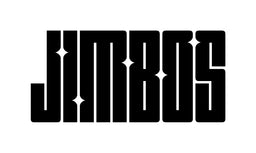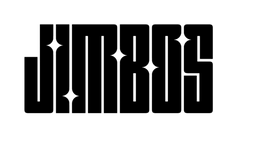Best Car Drying Towel for Cars – Full Guide
Most wash damage happens during drying. The right towel + method turns a risky step into a quick, scratch-free finish—even on soft or black paint.
Why the drying towel matters
After rinsing, dust and minerals can sit on the surface. A towel that’s too grabby drags those particles across the paint. A proper drying towel uses high pile microfiber to pull water and remaining debris into the fibers, not across your clear coat.
The quick checklist
- High pile (≥ 400–600 GSM) for safe glide.
- Plush, edgeless cut to remove hard seams from the equation.
- True 70/30 blend for absorbency + softness.
- Large size (at least 20x30) to lay and blot without scrubbing.
- Lint-free weave so you don’t chase fibers around glass and trim.
GSM & pile—what it really means
GSM (grams per square meter) is density. Higher GSM towels generally hold more water and cushion the paint better. Pile height is the length of the fibers—longer pile reduces drag and captures grit safely.
| Towel type | Best for | Pros | Watch-outs |
|---|---|---|---|
| High-pile drying towel (plush) | Most paints, especially soft/black | Super absorbent, low drag, forgiving | Can get heavy when fully saturated—rotate towels |
| Twist loop (modern) | Large panels, coated cars | Holds tons of water, fast coverage | Some versions feel “grabby” on dry areas—pre-sheet water first |
| Waffle weave (classic) | Glass and tight areas | Great on windows, lint-free | Lower cushion on paint—use light pressure only |
Our Drying Pick: Massive Drying Towel
Plush, edgeless, and ultra-absorbent. Designed to glide on soft paint and leave no lint or streaks.
Fast, scratch-free drying workflow
- Sheet first: Use a gentle stream to “sheet” water off panels. This removes 70–80% before the towel touches paint.
- Lay & blot: Lay the towel flat on the panel and pat. Lift and move—don’t scrub.
- Drag with zero pressure: If you must pull the towel, use only its weight. Flip to a dry section frequently.
- Use air on tight spots: Blow water from mirrors, emblems, and trim before your final pass to avoid drips.
- Finish with protection: A light mist of Tough As Shell Ceramic Spray adds slickness that reduces drying friction next time.
Care & lifespan—make your towel last
- Wash microfibers alone with a dedicated detergent. No fabric softener or bleach—ever.
- Low heat or air dry. High heat melts fibers and kills absorbency.
- Color code towels: drying vs wheels/interior to prevent cross-contamination.
- Retire on time: If a towel lint-sheds or loses absorbency after proper care, demote it to jambs/engine bays.
Troubleshooting drag, lint, or streaks
- Drag: Towel saturated, panel not fully rinsed, or the coating needs a maintenance layer. Swap towels and apply a light coat of Tough As Shell.
- Lint: Wash once more on warm, extra rinse; tumble on low. Avoid washing with cotton.
- Streaks: Minerals in hard water—finish with purified rinse or a quick mist of your drying aid.
Bundle Your Wash & Dry Essentials
Everything you need for a safer, faster wash: Super Soaper + Tough As Shell + Gloss Boss + Complete Cabin Cleaner.
What about black paint and super-soft clears?
Use the gentlest approach: lay-and-blot only, rotate towels more often, and keep the surface slick with ceramic protection. For ultra-delicate finishes, our Softer Than Soft Microfiber Towels are perfect for final touches and coating leveling.
Glass & trim: different rules
On glass, a waffle weave towel or dedicated glass towel prevents haze. On textured plastics, use a separate towel to avoid embedding oils into your drying towel’s fibers.
FAQs
How many drying towels do I need per wash?
Two is ideal: one for the top half, one for lower panels. Rotate if either becomes saturated.
Can I dry with a blower only?
Yes, but a quick blot with microfiber after blowing removes remaining water spots and speeds things up.
What GSM should I buy?
For paint, 500–700 GSM plush towels are the sweet spot. Use lower GSM for glass and interiors.



